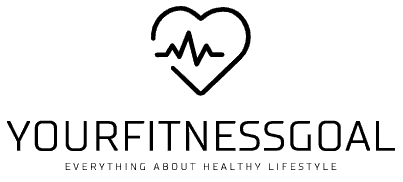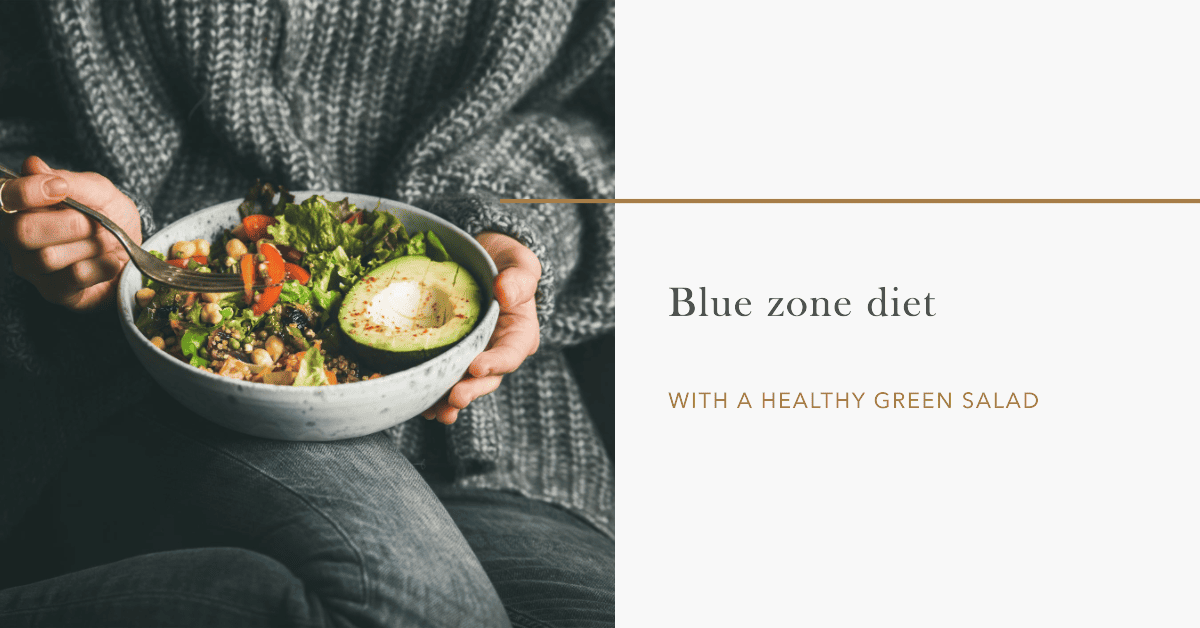The Blue Zone plant-based diet is a way of eating that is inspired by the diets of people who live in the Blue Zones, which are five regions around the world where people live exceptionally long and healthy lives. The Blue Zone diet is rich in fruits, vegetables, whole grains, and legumes, and it is low in processed foods, red meat, and saturated fat.
There are many benefits to following a Blue Zone plant-based diet. This type of diet can help to reduce the risk of heart disease, stroke, cancer, and other chronic diseases. It can also help to improve weight loss, digestive health, and overall well-being.
What can Indians learn from the Blue Zone plant-based diet?
There are many things that Indians can learn from the Blue Zone plant-based diet. Here are a few tips:
- Eat more fruits and vegetables. The Blue Zone diet emphasizes the importance of eating plenty of fruits and vegetables. Aim to eat at least five servings of fruits and vegetables per day.
- Choose whole grains over refined grains. Whole grains are a good source of fiber, vitamins, and minerals. Refined grains have been processed and stripped of many of their nutrients. When possible, choose whole grains such as brown rice, quinoa, and oats over refined grains such as white bread and white rice.
- Include legumes in your diet. Legumes, such as beans, lentils, and peas, are a good source of protein, fiber, and other nutrients. Aim to include legumes in your diet at least a few times per week.
- Limit processed foods. Processed foods are often high in unhealthy fats, sugar, and salt. They are also low in nutrients. Limit your intake of processed foods such as chips, cookies, candy, and soda.
- Choose lean protein sources. Lean protein sources, such as fish, chicken, and tofu, are low in saturated fat and calories. They are also a good source of protein, which is essential for building and repairing muscle tissue.
Here are some examples of Blue Zone plant-based meals and snacks:
Breakfast:
- Oatmeal with berries and nuts
- Yogurt with fruit and granola
- Whole-wheat toast with avocado and egg
- Smoothie made with fruits, vegetables, and yogurt
Lunch:
- Salad with grilled chicken or tofu
- Soup and sandwich on whole-wheat bread
- Lentil soup
- Veggie burger on a whole-wheat bun
Dinner:
- Salmon with roasted vegetables
- Chicken stir-fry
- Lentil tacos
- Vegetarian chili
Snacks:
- Fruits and vegetables
- Nuts and seeds
- Hard-boiled eggs
- Yogurt
How to make the Blue Zone plant-based diet work for you
The Blue Zone plant-based diet is a healthy and sustainable way of eating for people of all ages. However, it is important to make sure that you are getting all of the nutrients that you need. If you are new to following a plant-based diet, it is a good idea to talk to your doctor or a registered dietitian to make sure that you are getting all of the nutrients that you need.
Here are a few tips for making the Blue Zone plant-based diet work for you:
- Start slowly. If you are new to following a plant-based diet, start by making small changes to your diet. For example, you could start by eating one meatless meal per day or adding more fruits and vegetables to your meals.
- Make healthy substitutions. There are many healthy substitutions that you can make when following a plant-based diet. For example, you can use tofu instead of ground beef in tacos or use almond milk instead of cow’s milk in cereal.
- Be creative. There are many delicious plant-based recipes available online and in cookbooks. Get creative and try new recipes to find ones that you enjoy.
- Don’t be afraid to ask for help. If you are struggling to follow a plant-based diet, talk to your doctor or a registered dietitian. They can help you create a meal plan that is right for you and make sure that you are getting all of the nutrients that you need.
Conclusion
The Blue Zone plant-based diet is a healthy and sustainable way of eating for people of all ages. It is rich in fruits, vegetables, whole grains, and legumes, and it is low in processed foods, red meat, and saturated fat. Following a Blue Zone plant-based diet can help to reduce the risk of heart disease, stroke, cancer, and other chronic diseases. It can also help to improve weight loss, digestive health, and overall well-being.
Trending blogs
- Brow Lamination: The Secret to Perfectly Styled Brows
- Top 10 Microblading Techniques for Perfect Brows
- Endosteal Implants: The Key to Restoring Your Smile
- Epidemic and Emerging Disease Alerts in the Pacific as of 01 August 2023
- What Happens to Your Body When You Eat Too Much Fiber?
- Blue zones minestrone recipe delicious full of longevity boosting foods

Hey, y’all! I’m Akshay!
I’m SO excited you’re here! I’m super passionate about nutrition and specialize in teaching others how to lose weight through healthy, low-carb eating along with Yoga and exercises. Here at Yourfitnessgoal, we believe in quality over quantity and that diet is EVERYTHING when it comes to your health and well-being. In short, we believe in a Fit and healthy lifestyle.

